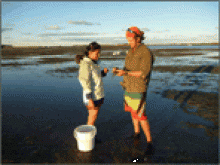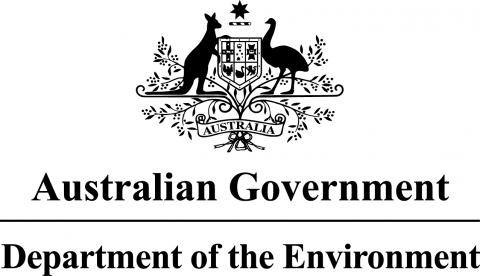You are here
New work highlights herbicide effect on seagrass

Pesticides, and particularly herbicides from agricultural sources, have been detected in near-shore sites of the Great Barrier Reef (GBR) all year round. But, little is known of their chronic effects on tropical species or their persistence in tropical waters.
NERP researchers led by Dr Andrew Negri are trying to quantify the chronic effects and toxic thresholds of herbicides detected in the GBR on seagrass and corals under current and future climate scenarios. As well, they hope to determine the persistence of herbicides under ‘typical’ reef conditions and test the toxicity of their breakdown products.
Their results on seagrass show that photosystem II (PSII) herbicides take less than 24 hours to have the maximum impact on seagrass. Testing of the acute effects of herbicides is expected to be completed in the next two months but early preliminary results indicate that seagrasses are among the more sensitive non-target species to these herbicides. Early results also indicate that most PSII herbicides tested are very persistent in seawater, with less than 40% breakdown observed after four months, in laboratory tests.
Find out more about this project here
Contact: Dr Andrew Negri, AIMS
Latest News
- Laws protecting the Great Barrier Reef to be introduced next week, Queensland Premier says - Thu 28th May 2015
- Let’s get serious about protecting wildlife in a warming world - Thu 28th May 2015
- We’ve only monitored a fraction of the Barrier Reef’s species - Thu 28th May 2015
- Great Barrier Reef: warmer waters helping coral-eating starfish thrive - Fri 13th Feb 2015
- You are what you eat—if you're a coral reef fish - Wed 17th Dec 2014


